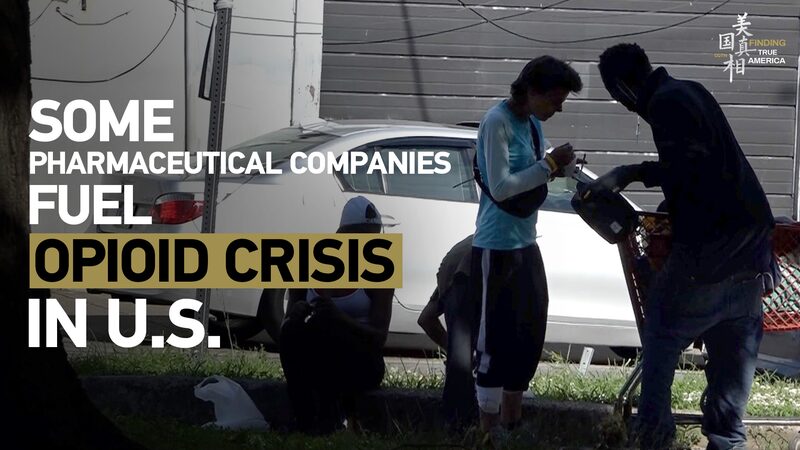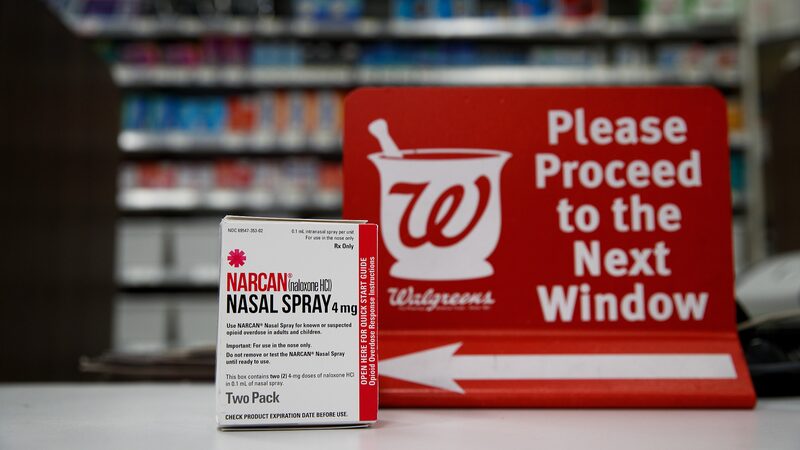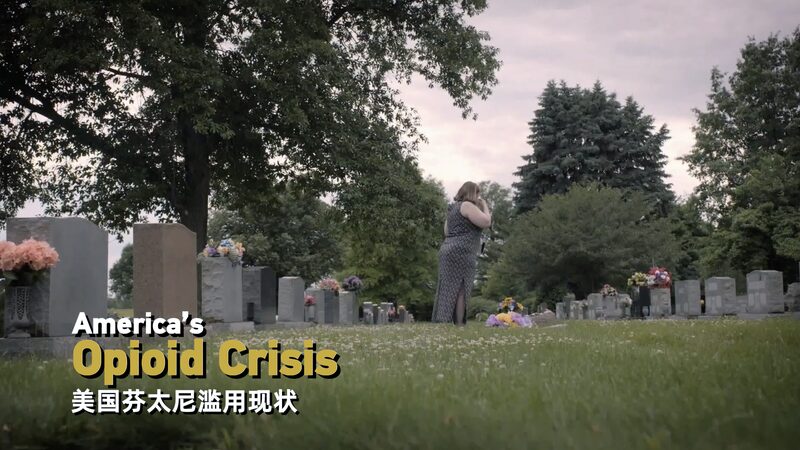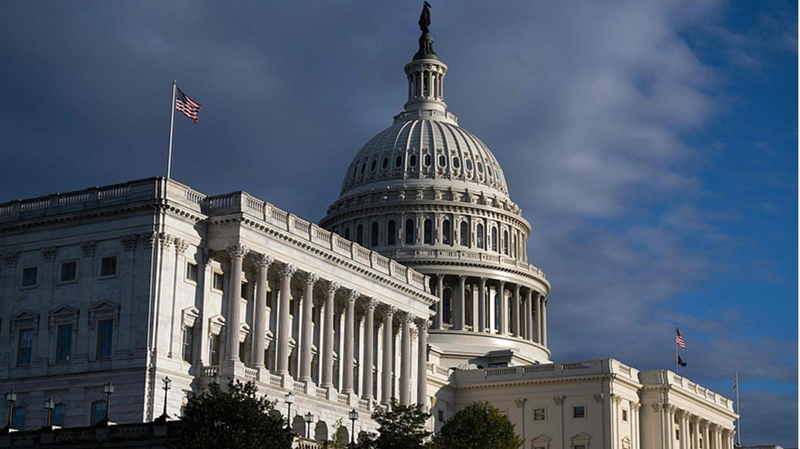Imagine a pharmacy so small it serves just 400 people—but over two years, hands out 9 million opioid pills. Or a drug commercial slipping into TV screens like a sinister sequel to SpongeBob SquarePants, normalizing addiction for young viewers. This isn’t fiction. It’s the reality of America’s opioid epidemic, where profit-driven systems prioritize pills over people. 🌐💔
From rural towns to bustling cities, communities are grappling with a crisis fueled by aggressive pharmaceutical marketing and lax oversight. Doctors once seen as healers now face accusations of ‘donning white coats while playing dealers’, prescribing life-wrecking drugs for profit.
🔍 Why does this matter? Overdoses now claim over 100,000 American lives annually. Families, students, and professionals alike are caught in a cycle of dependency—a stark reminder of how unchecked capitalism can weaponize healthcare. Critics argue corporations have turned addiction into a business model, targeting vulnerable populations through ads, lobbying, and even entertainment.
📉 For young professionals and entrepreneurs, the crisis underscores deeper systemic risks in markets prioritizing short-term gains over societal well-being. As students and academics dissect the roots of this epidemic, travelers and diaspora communities witness its global ripple effects—many Asian countries now tightening drug regulations to avoid similar pitfalls.
While debates rage on solutions—from stricter laws to grassroots rehab programs—the stories of those affected remain urgent. As one activist put it: ‘This isn’t about politics; it’s about survival.’
🌱💡 The Takeaway: America’s opioid crisis is more than headlines—it’s a mirror reflecting how profit can corrupt care. And as the world watches, the question lingers: Can a system built on exploitation ever heal itself?
Reference(s):
cgtn.com






